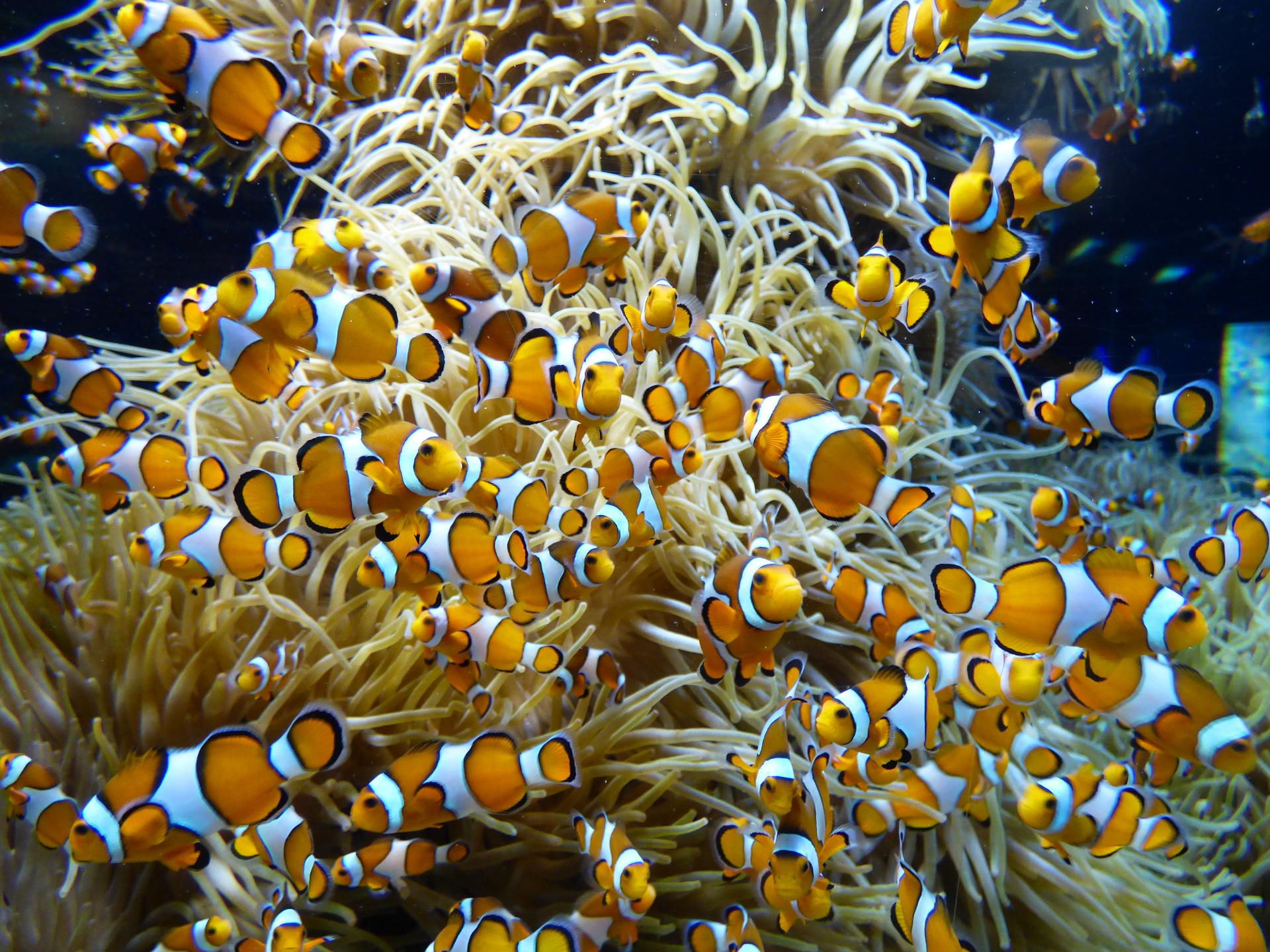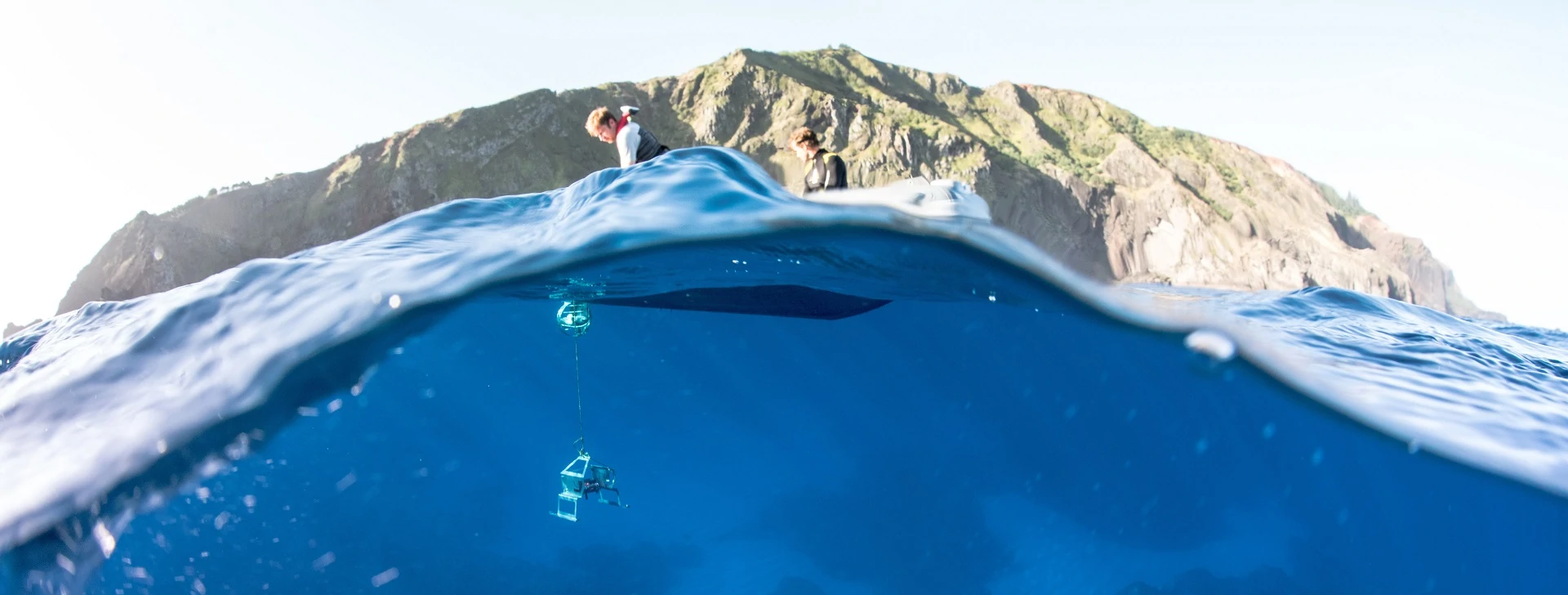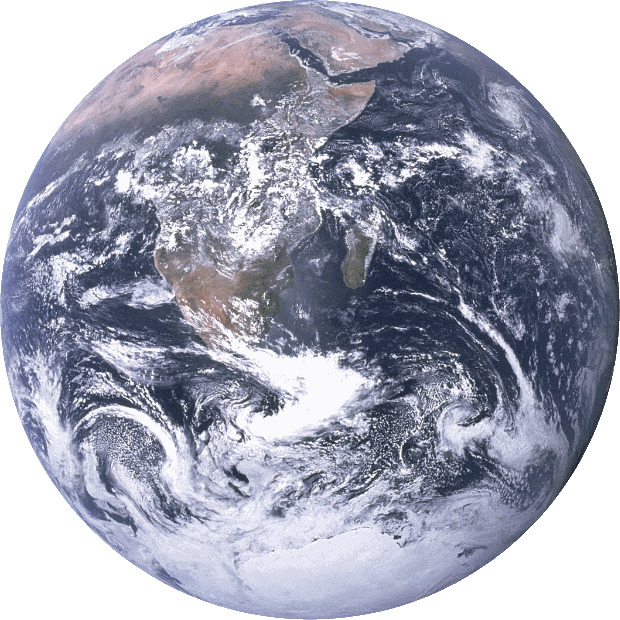DOI: 10.14466/CefasDataHub.135
Goose barnacle growth rates measured from specimens collected in Celtic Sea in April 2018
Description
This data resulted from an opportunistic interception of biofouled marine litter floating off the coast of Cornwall. A colony of goose barnacles (Lepas anatifera) and a neustonic isopod Idotea metallica were found attached to the drifting litter. Both these species are not native to the UK. The interception was used as a case study to model the path of the drifting litter to a probable origin in the Western Atlantic, using the biological traits of the attached animals. This data contains photographic images, location map, and text describing the specimens collected from the litter, along with photos of the litter object. The floating litter was intercepted at 50.145 N 6.019 W between Cornwall and the Isles of Scilly on the 11/04/18 by the RV Cefas Endeavour. Forty-five individuals of goose barnacles were retained along with one specimen of the Isopod. Descriptions of each species are given. Measurements of the length of three goose barnacle plates (Capitellum, Scutum, and Carina) are included. By comparing total plate length against different growth rates, we could derive probable growth durations for each of the goose barnacle specimens and this was used to paramaterize our model. The litter object was collected opportunistically onboard the Cefas Endeavour, off the coast of Cornwall (50.145 N, 6.019 W). Photographs were taken on the deck after collection, and later on the quayside in Lowestoft. Goose barnacles (Lepas anatifera) and the single individual of Idotea metallica was photographed in the benthic laboratory in Cefas. A subset of 45 individuals of goose barnacle were measured along the long axis of each of three plates: Capitellum, Scutum and Carina. These measurements were then divided by daily growth rates (taken from literature of oceanic daily growth rates for the species) for both Capitellum and Scutum to produce a likely growth period duration needed to reach that size. This estimate for how long it took both the Capitellum and Scutum to attain their size at the time of interception was used to inform how long to run our drifting litter model. For a full explanation see: https://www.sciencedirect.com/science/article/pii/S0025326X22010700
Contributors
Barry, Peter
Subject
Crustacean / Marine Litter
Start Date
18/04/2018
End Date
18/04/2018
Year Published
2022
Version
1
Citation
Barry, P. (2022). Goose barnacle growth rates measured from specimens collected in Celtic Sea in April 2018. Cefas, UK. V1. doi: https://doi.org/10.14466/CefasDataHub.135
Rights List
DOI
10.14466/CefasDataHub.135


